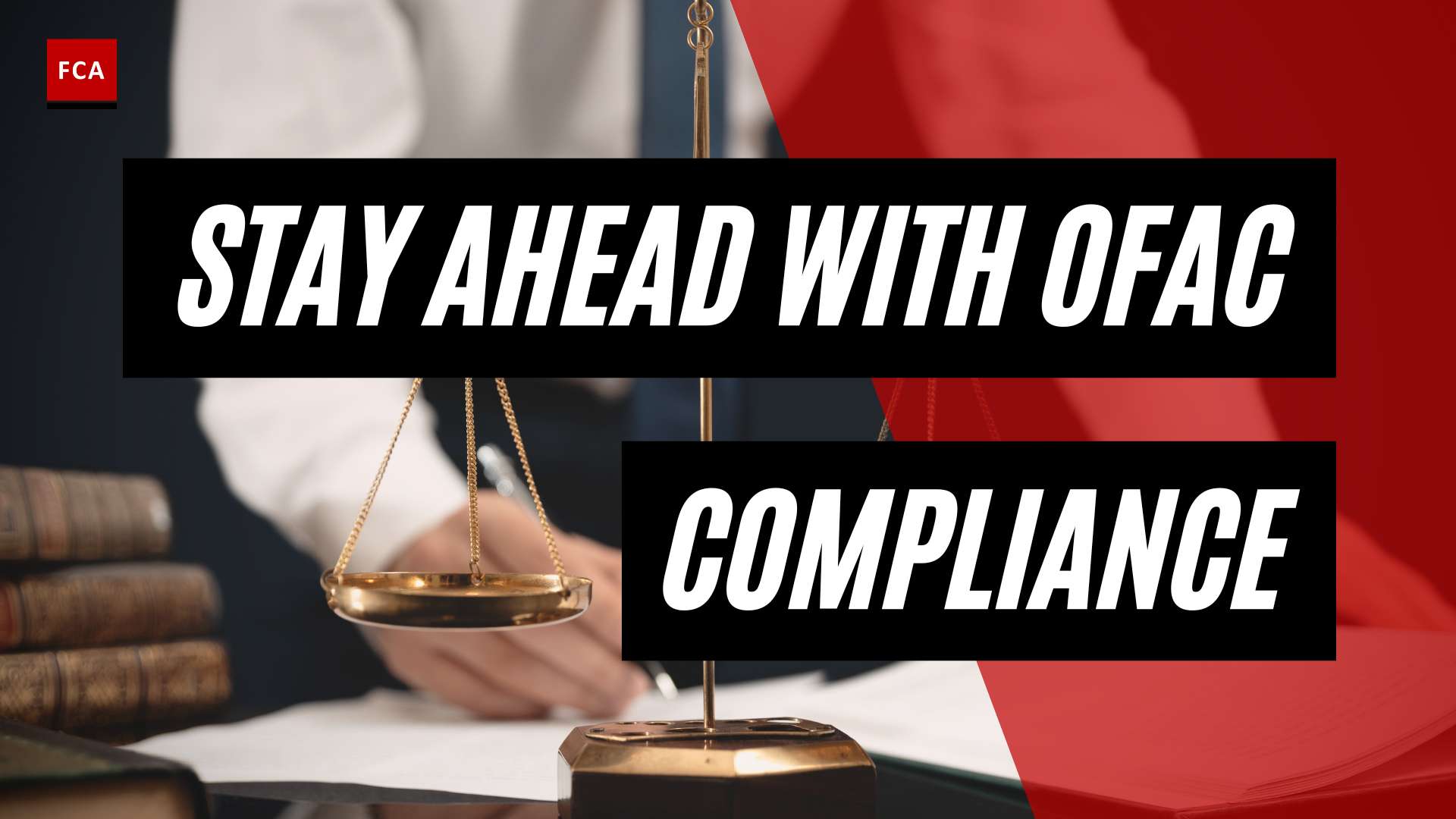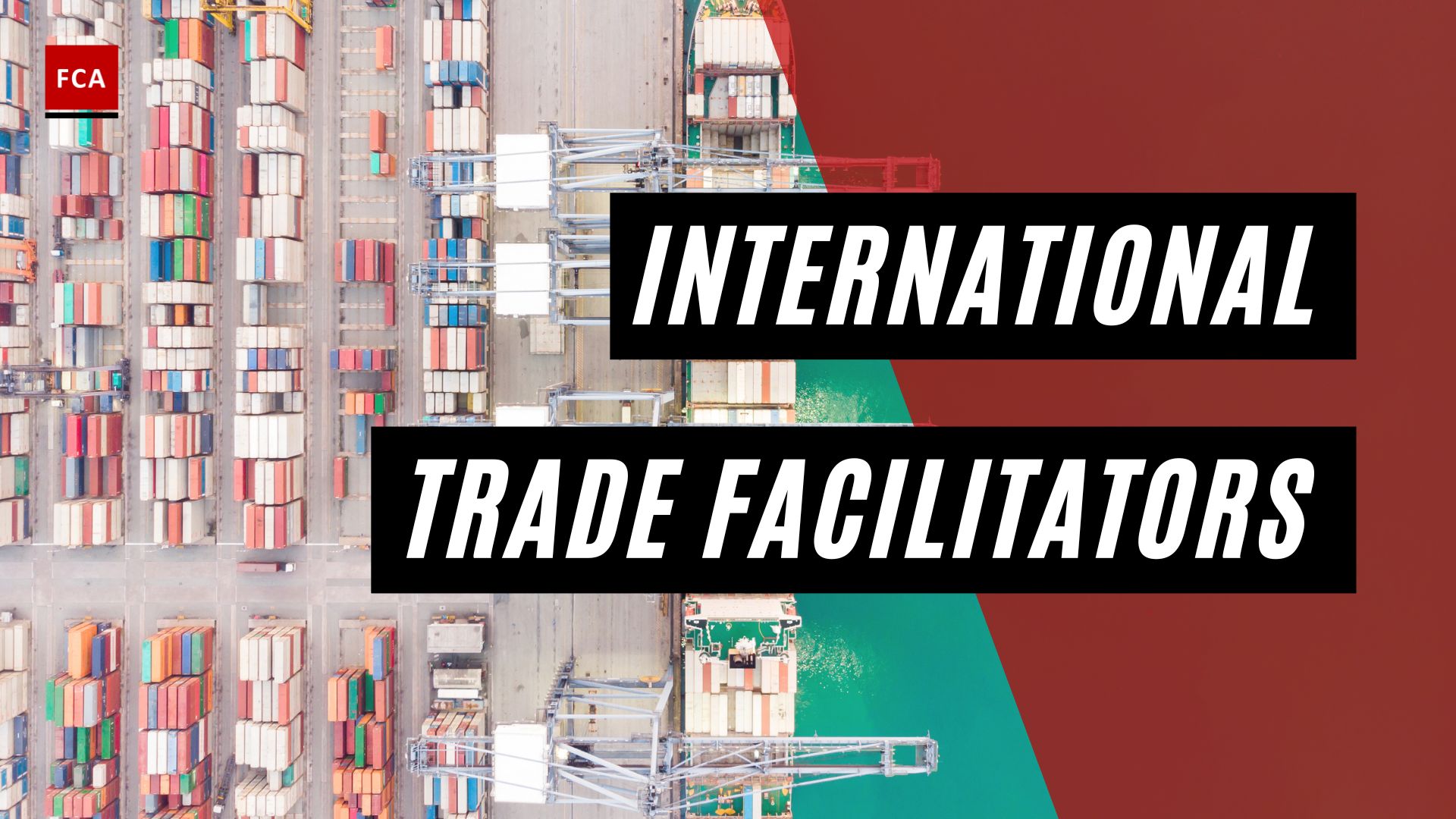Creating, implementing, and maintaining an effective AML/CTF compliance program is key for organizations to prevent money laundering and ensure compliance with applicable AML regulations.
There is no single approach that fits all organizations just alike, but some general elements are considered. These elements are most commonly the foundational building blocks for an effective AML/CTF compliance program.
What I s The AML/CTF Compliance Program?
But first things first. You might wonder what an AML/CTF compliance program is. An AML/CTF compliance program is everything an organization does related to money laundering prevention. This can include things such as processing policies, accounts monitoring and detection, and reporting of money laundering incidents. An AML/CTF compliance program aims to expose and correctly react to the inherent and residual money laundering risk.
Your AML/CTF compliance program must demonstrate how you address the money laundering and terrorism financing risks that your company or organization may face. You must create and document the policies, procedures, and controls that you use to identify, mitigate, and manage risks.
A risk-based AML/CTF compliance program is required. This means that it must consider the likelihood of your company or organization being used for money laundering and terrorism financing based on its size, nature, and complexity, taking into account:
- who your clients are
- the services you offer
- how you will provide those services
- foreign jurisdictions with which you do business

AML/CTF Compliance Program Risk
Risk assessment is a cornerstone of AML/CTF compliance programs and is a critical first step in developing an effective program. No two institutions face the same set of AML risks, and a risk-based approach to AML should consider factors such as the products and services you provide, your customers and clients, and your geographical location.
Your approach to AML risk management should be tailored to your company’s specific requirements – ideally, your AML compliance program will avoid the administrative burdens of over-compliance as well as the potential legal ramifications of under-compliance. There is no one-size-fits-all solution to the inherent challenges of the financial landscape; instead, individual institutions must develop a solution that works for their risk profile.
Potential Risks And Legal Obligations
Usually, an AML/CTF compliance program is based on some important factors determining the program’s size and scope. This is important because, before creating a compliance program to battle money laundering, an organization must analyze and draw up its potential risks and legal obligations.
- First of all, the organization needs to determine the risks it is exposed to.
- Secondly, it needs to consider the applicable AML laws in their jurisdiction and fines for non-compliance
- Lastly, it needs to have a rough idea of how suspicious activities could indicate potential money laundering.
These are at least the very basic considerations for building an effective AML/CTF compliance program.
3 Step Approach
If this yet sounds a little bit too overwhelming, don’t worry. In the following, we will go through something called a step-by-step guide to build and implement an effective AML/CTF compliance program. It comprises three simple steps that will guide you towards developing an effective AML/CTF compliance program.
- Step 1: The first step is to create the right organizational environment. One must consider the corporate culture, have the senior management support AML compliance, and make it a strategic priority.
- Step 2: The second step is to conduct an AML risk assessment. This is done to get a holistic overview of the money laundering risks the organization is exposed to and acts upon.
- Step 3: The third step is to implement organizational measures to encounter the risks that you have identified for your organization.
What Should an AML/CTF Compliance Program Do?
In practice, an AML compliance program should ensure that an institution can detect and report suspicious money-laundering activities, such as tax evasion, fraud, and terrorist financing, to the appropriate authorities. An AML/CTF compliance program should focus not only on the effectiveness of internal money laundering detection systems and controls, but also on the risk posed by the activities of customers and clients with whom an institution does business.
An AML program should be built on a solid foundation of regulatory understanding and overseen by personnel who are experienced and knowledgeable enough to foster a culture of compliance at all levels of their organization.

AML/CTF Compliance Program Internal Controls
An AML compliance program should concentrate on the institution’s internal controls and systems for detecting and reporting financial crime. The program should include regular reviews of those controls to assess their effectiveness in meeting compliance standards.
Internal controls extend to an institution’s employees, who should be aware of their own roles and responsibilities within the system, as well as how to conduct due diligence on business interests and navigate policies and procedures that ensure ongoing compliance.
Factors that impact AML/CTF Compliance Program
An organization must first summarize and define its potential risks and legal obligations before developing a compliance program.
- The money laundering risks that the company faces;
- Respect for local and global laws, as well as penalties for noncompliance;
- Suspicious activity within the organization.
Businesses should develop solid guidelines to improve the development of AML compliance procedures. It will simplify the process and eliminate the need for compromise.
Final Thoughts
Banks, credit unions, and other financial institutions around the world are required to develop and implement Anti-Money Laundering (AML) Compliance Programs in order to combat financial crime.
An anti-money laundering program is a set of rules and procedures that financial institutions must adhere to in order to prevent and detect money laundering or terrorist financing. The Bank Secrecy Act (BSA) of the United States has been amended by a variety of subsequent legislation (including the USA Patriot Act), while the EU introduced its Fourth Anti-Money Laundering Directive in 2017, and its Fifth Anti-Money Laundering Directive in 2020.
With this in mind, all financial institutions should have a solid understanding of what an AML compliance program should accomplish, as well as how to design a program that works for them.









